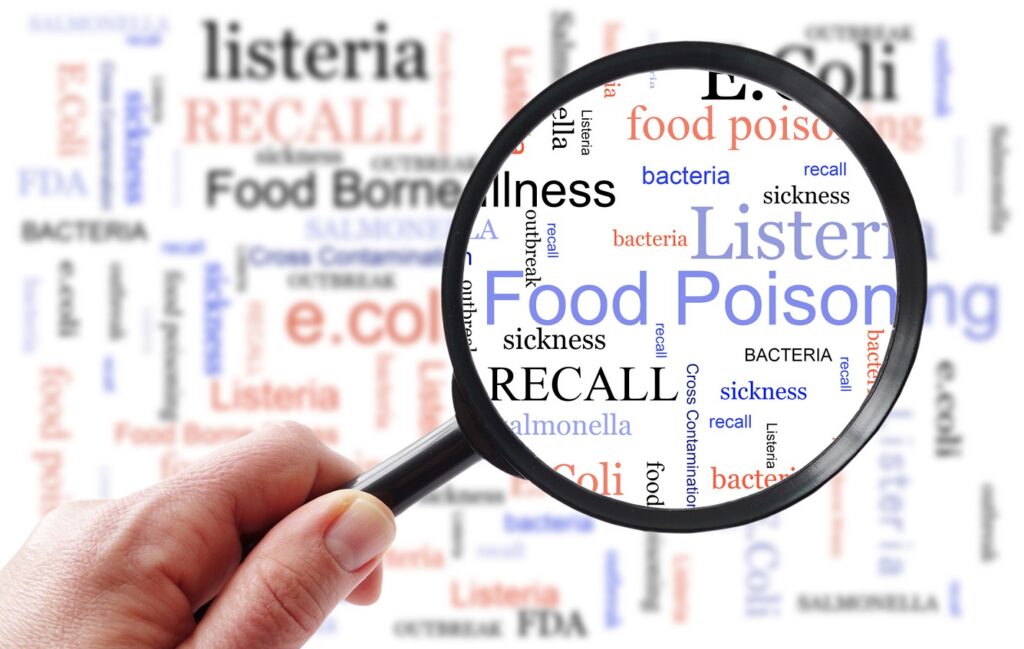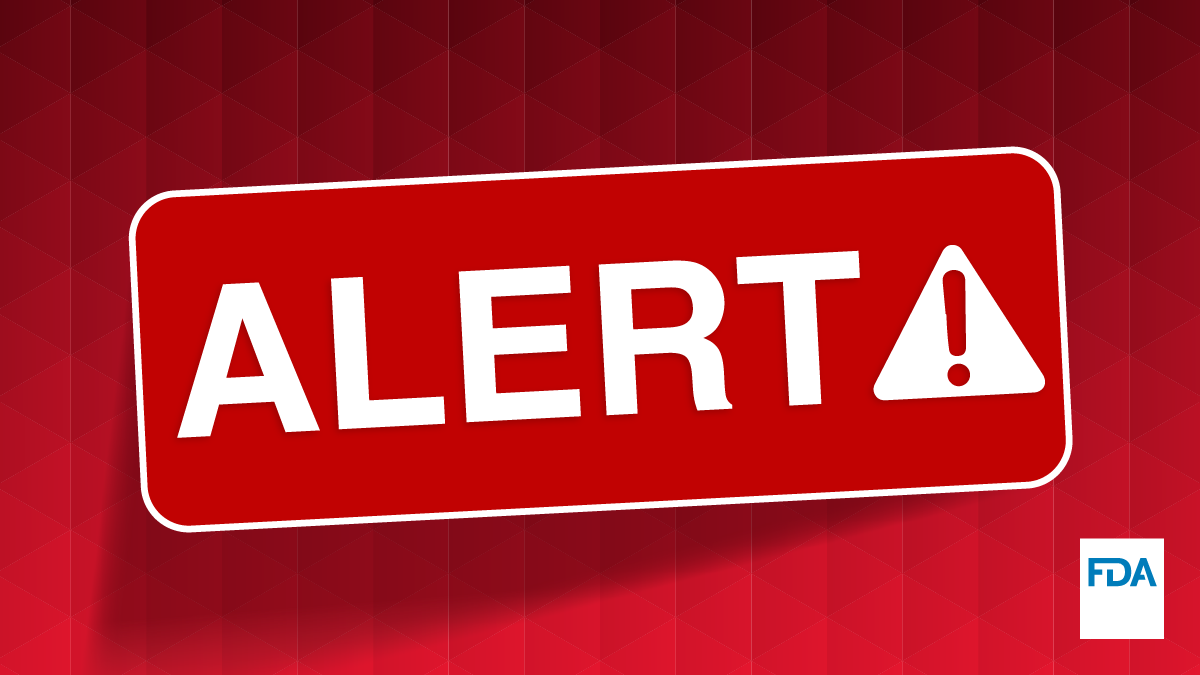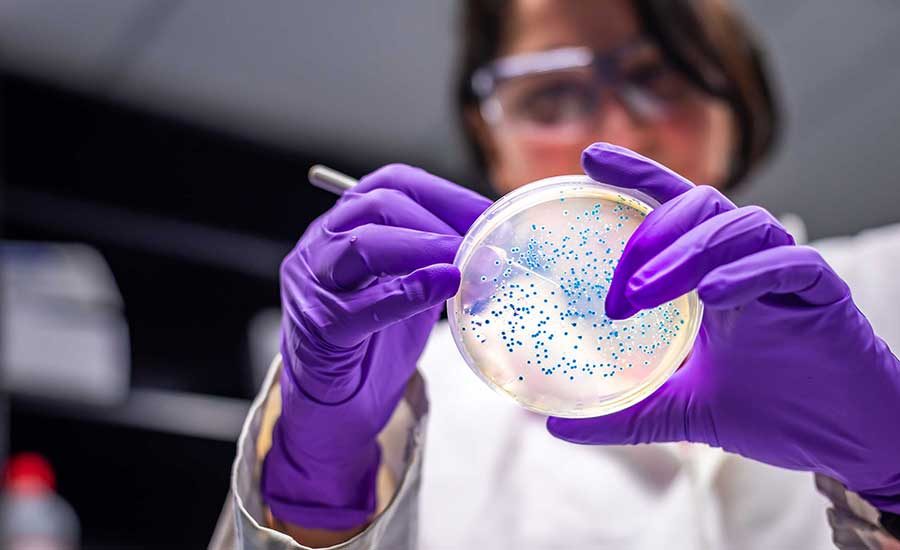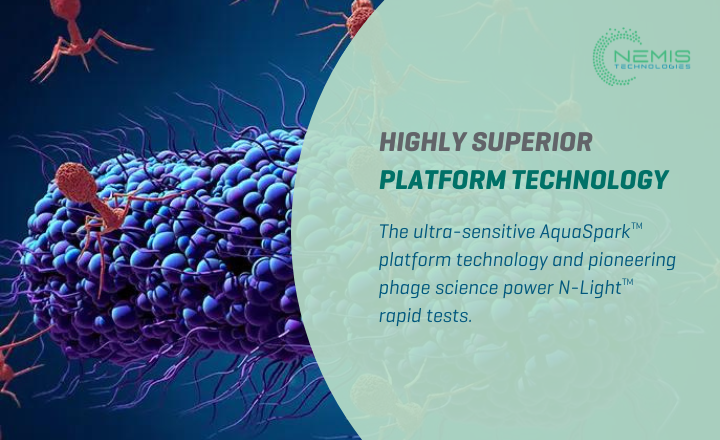CORE update of April 17, 2024: the CORE list of outbreaks and adverse events includes two activities. A new outbreak of E. coli O157:H7 illnesses linked to a product not yet identified (ref #1221) has been added to the table. FDA has initiated traceback. For the outbreak of Salmonella Typhimurium (ref #1218) in a food that has not yet been identified, the case count has increased from 11 to 12 cases. For the outbreak of Listeria monocytogenes (ref #1214) linked to queso fresco and cotija cheese, the advisory was updated on April 10, 2024. The outbreak has ended, and the FDA’s investigation is closed. For the investigation of elevated lead levels in Cinnamon Applesauce Pouches (ref # 1198), these products are off the market and no longer available for sale; however, they have a long shelf life. Consumers should check their pantries and discard any recalled products. The FDA has transitioned from this investigation to post-incident actions and activities. @ https://www.fda.gov/food/outbreaks-foodborne-illness/investigations-foodborne-illness-outbreaks?utm_medium=email&utm_source=govdelivery
The following is a list of outbreak and adverse event investigations primarily being managed by FDA’s CORE Response Teams.
ruth
The FDA advises not to consume frozen, raw, half-shell oysters LotsB231126andB240103, harvested from Area No. 1 on 11/26/2023 and 1/3/2024, and LotB240214harvested from Designated Area No. 2 on 2/14/2024, and processed by JBR (KR 15 SP) in Tongyeongsi, Republic of Korea on 11/27/2023, 1/4/2024, and 2/15/2024. The oysters were distributed to restaurants and retailers in California and may have been distributed to other states. On 4/9/2024, the California Department of Public Health (CDPH) notified the FDA of an outbreak of norovirus illnesses associated with consuming oysters from the Republic of Korea. On 4/15/2024, authorities at the Ministry of Oceans and Fisheries in the Republic of Korea advised the firm to voluntarily initiate a recall of the distributed lots of frozen, raw, half-shell oysters due to possible norovirus contamination. @ https://www.fda.gov/food/alerts-advisories-safety-information/fda-advises-restaurants-and-retailers-not-serve-or-sell-and-consumers-not-eat-certain-frozen-raw?utm_medium=email&utm_source=govdelivery
norovirus contaminated oysters from South Korea
ruth
Bob Ferguson wrote in Food Safety magazine that there has been substantial growth in the development and use of rapid methods since their introduction in the past 25 years. When these methods were first introduced, they were initially intended for use by food processors in their in-plant laboratories. Over the past decade, with the increase in outsourcing due to concerns for cross-contamination from pathogen samples, fewer and fewer food companies have in-house microbiology laboratories. Most companies are saying that they no longer have a microbiology lab, or, if they do, it does not have capabilities for pathogen analysis since these tests are outsourced. Other outsourcing drivers include client requirements, the need for validation, and the requirement for ISO 17025 accreditation. In general, most of the companies in our survey indicated that tests with a turnaround time of less than 24 hours would be “useful,” and tests with an 8 hour or less turnaround time would be “nice to have.” Very few respondents indicated that a faster test would be advantageous. An analytical test with, for example, results available in 4 hours does not help much if no one can receive and report those results repeatedly. In plant testing will focus on environmental testing. These tests will need to be fast and easy to use. The RMM tests will need to have proven credibility and accuracy. @ https://www.food-safety.com/articles/9398-rapid-testing-methodsthe-future
Rapid Microbiology reported that NEMIS Technologies has developed an innovative N-Light™ test in food safety through a unique combination of phages and AquaSpark™ technology. NEMIS revolutionizes pathogen detection by targeting specific bacteria with bacteriophage cocktails, and their method has high sensitivity due to a chemiluminescent reaction. The assay starts with a selective enrichment broth with phages. In the NEMIS N-Light™ tests, bacteriophages play a crucial role by selectively targeting and destroying bacteria competing with the target pathogen. A unique cocktail of bacteriophages targets specific strains that traditional selective agents can’t eliminate. Thus, potential false positives or false negatives are avoided. The assay can detect Listeria monocytogenes and Salmonella. The heart of the technology lies in AquaSpark™. This technology operates through a two-part system. The presence of the target enzyme triggers a reaction with the AquaSpark™ molecule. A reacted molecule rearranges and produces a bright light, which is then detected by the system’s device. The Biosafety Cap ensures the containment of enriched harmful pathogens. NEMIS Technologies’ N-Light™ tests offer a safe, selective, and highly sensitive solution. Ensuring the highest performance standards for L. monocytogenes, Salmonella Risk, E. coli, and ATP detection. @ https://www.rapidmicrobiology.com/news/revolutionizing-pathogen-detection-nemis-technologies-groundbreaking-approach
NEMIS Technologies N-Light™ tests offer a safe, selective, and highly sensitive solution for pathogen detection. This three-pronged approach ensures the h




